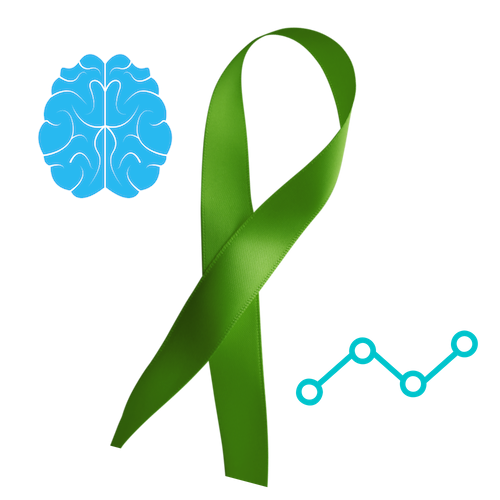Major depressive disorder (MDD), also known as clinical depression is both a common and serious mental health condition. I previously discussed bipolar 2 and mentioned that my diagnosis wavered between MDD and bipolar 2. That is in large part because serious major depressive episodes exist with both disorders. The diagnostic criteria for MDD is:
- Five or more of the following
- Depressed mood most of the day, nearly every day
- Diminished interest or pleasure in all or almost all activities most of the day, nearly every day
- Significant weight loss when not dieting, weight gain, or change in appetite nearly every day.
- Insomnia or hyersomnia nearly every day
- Psychomotor agitation or retardation nearly every day
- Fatigue or loss of energy nearly every day
- Feelings of worthlessness or excessive or inappropriate guilt nearly every day
- Diminished ability to think or concentrate nearly every day
- Recurrent thoughts of death, recurrent suicidal ideation without a specific plan
- The above symptoms must cause functional impairment and cannot be better explained by drugs or a different diagnosis.
In the videos above you saw first Smith discuss what it is like for him to live with major depressive disorder. In the second video, comedian Chris Gethard discussed some of the social and self imposed barriers to receiving the treatment that can be vital to living a full life. If you have not already, I highly recommend watching Gethard’s Career Suicide.
The traditional treatments for MDD include medications (SSRI’s, SNRI’s, etc.) and talk therapy. In addition to those more common treatments, Transcranial Magnetic Stimulation (TMS) is a new treatment that can be highly effective for some with treatment resistant depression. In extreme cases, Electroconvulsive Therapy (ECT) is used. There are also newer, more controversial treatments such as the use of Ketamine or psilocybin (a component of “magic mushrooms”).
While living with MDD can be difficult (to say the least), there are various prescription drugs and countless combinations of those drugs to try. Pair that with the newer treatments that are available or in testing and it can be easier to find hope for living with manageable symptoms.

